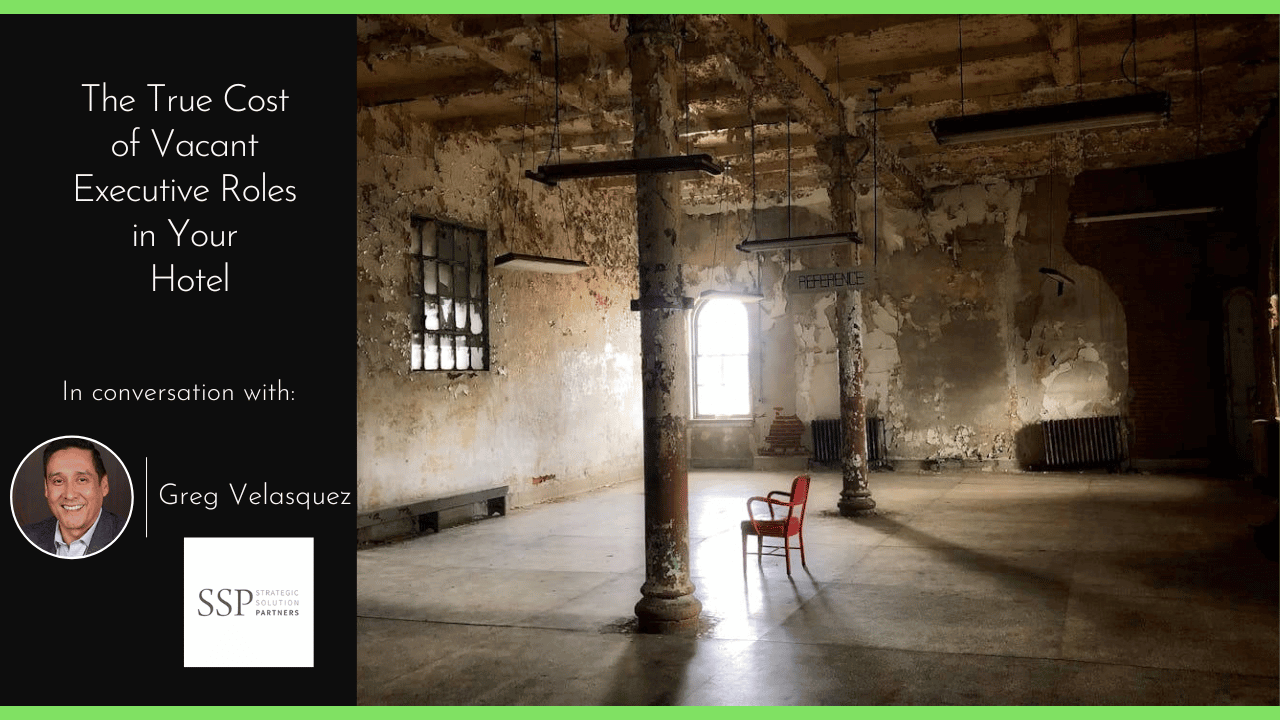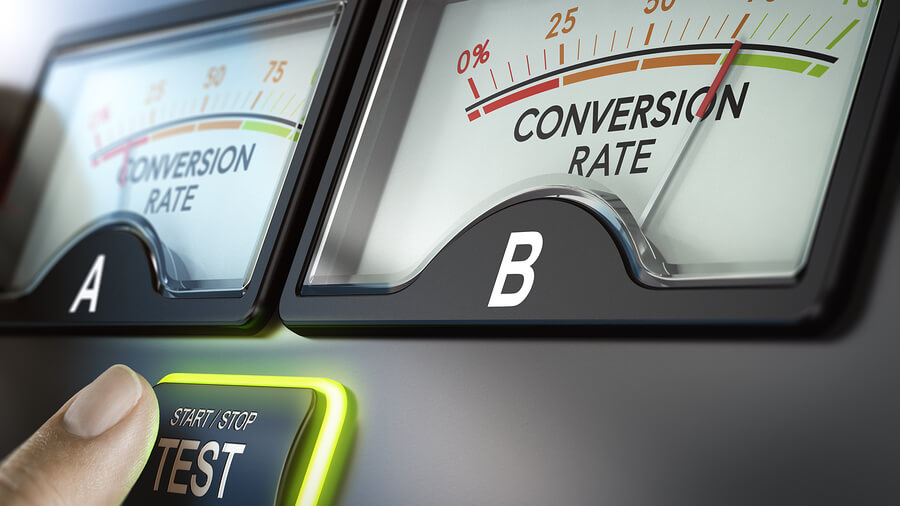
Challenge: in the context of the Hotel Industry, can you give me a clear definition of Attribute-based selling?
NB: This is an article from Direct Your Bookings
Typically, in an attempt to answer a question like this and in times like these, you might be falling into either of the following categories:
- you know what ABS is, but barely any hoteliers has been using it, so you don’t quite trust it;
- you are not sure what’s the real difference between attribute-based selling and ancillary services;
- you don’t quite know what it is… and probably you don’t care (fair enough).
Subscribe to our weekly newsletter and stay up to date
In this article I’m NOT going to guide you through what ABS is, plenty of other blog posts out there already succeeded in this attempt.
As per title, today and together we are about to get much more practical by reverse-engineering some real examples of how hotel attributes, even the smallest and most unconceivable ones, may turn a boring Standard Room into an appealing and valuable product, with the ultimate goal of providing your customers with a better guest booking experience and, consequently, helping you increase the ADR (average daily rate), revenue stream and direct bookings.
Ready? Let’s get started!
Same product for different target markets: Just… why?
Have you ever thoroughly thought that you sell the exact same product to a wide variety of targets with completely different needs, wishes and desires?
In the hotel rooms that you conventionally categorize with the label Standard can sleep solo biz travellers and senior couples. As do young couples and families. As do groups and mice.
In other words, we label our rooms with what we can define a lowest common denominator (standard room, superior room, etc.), so that we can use one single word (therefore, one single product) to sell to a variety of different customer personas.

And so you might be asking:
How else can it be?
In fact, a hotel room is… a hotel room: you can’t change the color of the walls, the bathroom, the floor, the furniture depending on the preferences of each target market.
However, you could also change the way you package your products (your rooms) in a way that they get perceived as the most appealing room in the world in the eyes and mind of your prospective customers.
And that’s exactly what a clever ABS system is for.
Attribute- vs. Benefit-based Selling.
In copywriting, the first rule to follow is: turn features into benefits.
This very rule is particularly tricky when it comes to attribute-based selling, precisely because attribute is just another word for feature.
The result? We may be tempted to keep thinking in terms of product (attributes) rather than people (guests), who instead only care about the benefits your attributes will provide them with.
This is why even though all the attribute-based booking systems in the market (not many, to be honest) fall under the same category ABS, in my own view there’s a huge difference between attribute- and benefit-based selling softwares and strategies.
Again, softwares and strategies: in fact, you’ll see how useless it can be to adopt an ABS system without thoroughly driving it.
So let’s see how we can turn some apparently meaningless feature into some revenuable benefit, together with the ideal target market that most may benefit from it.




